
Enrique Allen is the co-director of Designer Fund where he provides angel funding, mentorship and connections to designers creating businesses with meaningful impact. He also teaches at the Stanford d.school.
We’re on a roll as more designers succeed on the path of entrepreneurship, but how do we decide which startups to work with? We need to be more diligent about not spending our scarce attention working on startups that go nowhere and learn how to pick ones that actually live up to all the hype.
Here are five simple questions we asked before deciding to partner with startups like Airbnb, Dropbox, Pinterest, Square, Khan Academy and Coursera for our design education program, Bridge.
1) Do you believe in the mission?
Start with the “Why?” when you talk with the founders and the rest of team. Ask them to articulate the mission and what gets them up in the morning day after day. Do you think they genuinely believe in the purpose of the company and does it strike a chord in your heart?
The mission is what intrinsically motivates and sustains you through all the ups and downs of startup life. It makes getting in early and staying up late sweating details worth all the effort because you know you’re contributing to something positive that’s greater than yourself.
In the case of Airbnb, its mission is to “make people feel at home, anywhere in the world.” If you are someone who believes in living like a local to authentically experience a foreign place, this is where your missions align.
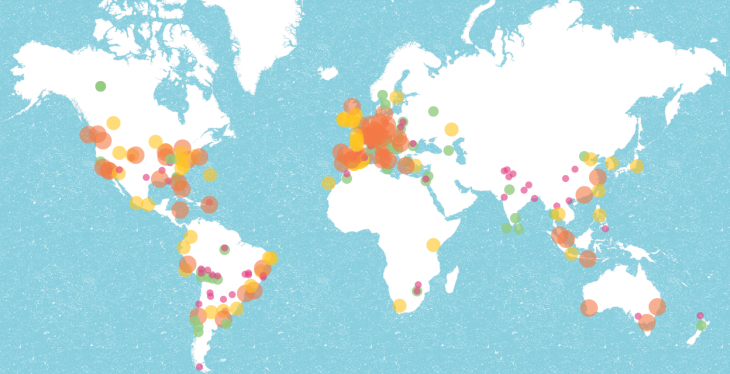
2) Who’s on the team?
Arguably the most important factor in deciding to join a startup is the team.
Ideally, you can surround yourself with teammates who are “better” than you in many ways because of their diverse backgrounds, skills and experiences. You’re greatly influenced by your peers and if they’re extraordinary, you’ll learn from them and continuously be pushed to improve yourself.
Just like great engineers attract other great engineers, the same is true with designers. As you talk to designers and engineers at a startup, do you feel inspired and confident that you can learn a ton from them? Do you see evidence that the founders invest in design and value it at the same level as engineering and business?
One essential criteria to ask is if the startup even has a design team. If the company has dozens of engineers and only one or no designers, this could be an opportunity for you to lead and create a design team… if you’re prepared for that.
If not, try to look for your design dream team. For instance, many of designers at Dropbox have “past experience shipping wildly successful products including the original designers of Facebook, Spotify, Rdio, Instagram, and many more,” says Andrew Chin, Bridge alum.
You want to surround yourself with people who are going to push the quality of your work to the next level.
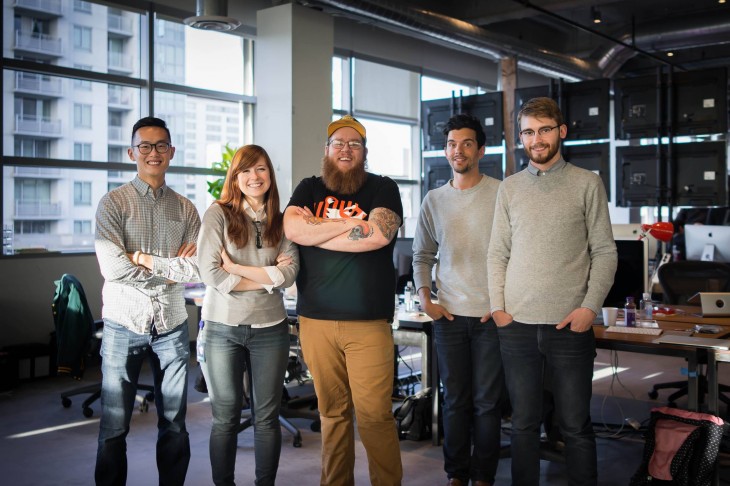
3) Will you be a partner in making decisions?
Watch out for big companies that have multiple layers of bureaucratic hierarchy or companies that are so established that they only make incremental changes for fear of losing what they’ve already gained. You want to be able to take risks and influence everything from the product all the way up to how the company itself is designed.
Dig into how decisions actually get made at the company. Is there essentially a waterfall method where the founders or engineers make all the key decisions and then want designers to make it “pretty?”
If so, turn around and walk away. You want a place with true collaboration.
“We don’t like drawing lines between skill-sets like Design, Engineering, and Brand,” says Evan Sharp, Pinterest’s designer and cofounder. “We know that we’ll only be successful as a company if we empower the best people to build their absolute best work, and so design everything around that.
“In this way, we’re always “knitting” and collaborating to produce the best results we can for Pinners.”
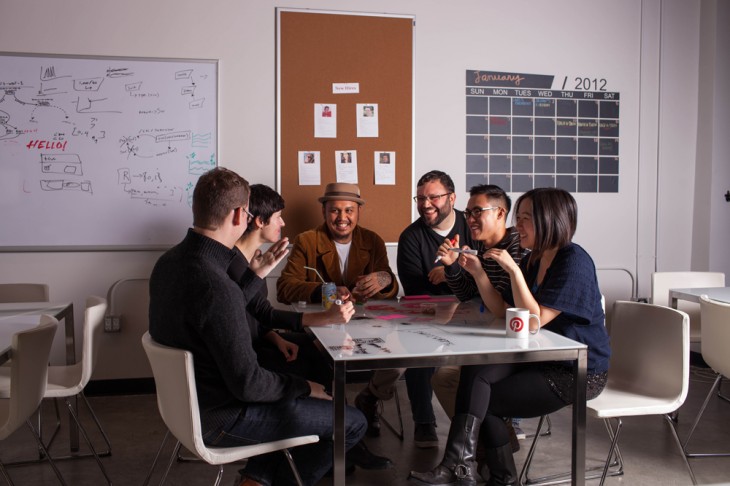
4) Is there a healthy culture that values design?
Keep an eye out for how the company is organized. Does design have a strong voice and seat at the executive level or is it subordinate to some vice president? Does the company give designers amble budget to build the right team and invest in creativity, everything from supplies like white boards to large format printing?
Also take a look at basic indicators like how the space is designed. Has the company invested in creating an environment that fosters collaboration across disciplines? When you talk to anyone at the company are they finding meaning in their work and does their behavior actually imbue the company’s values?
I remember walking into Square’s creative space and being blown away by the creative energy flowing through the place – not just from product designers. There was something special when I saw photographers, filmmakers, and storytellers – roles you don’t normally see in startups.
These kind of small details add up to create a culture that shows it values design in everything they do.
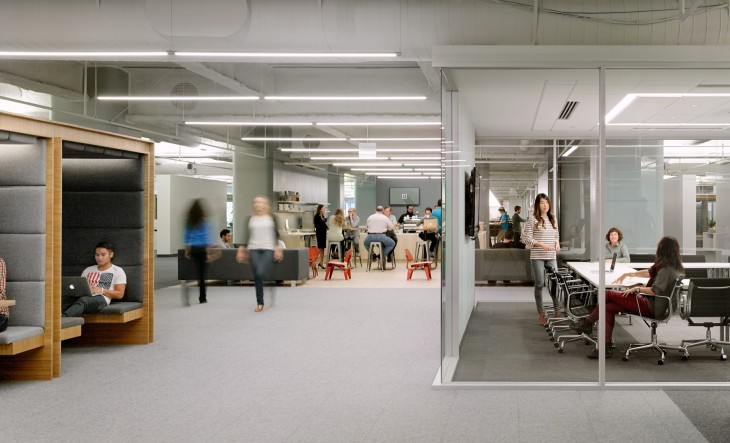
5) How much value can you and the company create?
Last but not least, if you join a startup, make sure you know what you could work on and how valuable your work might be.
Are you going to be able to solve problems holistically or will you be pigeon holed into polishing off a feature? Is there a design need the company has that you can uniquely fill and if you succeed, will it move the needle for the business?
Consider whether the company is at an interesting stage of growth, where they’re just at the cusp of taking off or at the early stages of developing a transformative product – these are moments where design can really make a difference.
Ideally, there’s potential for you have a hand in affecting millions of people and potentially creating billions of dollars’ worth of value in the long run. You also want to make sure that if the company does well, you will too by having a significant equity stake.
Very few opportunities in the world offer the type of upside startups can have in terms of impact and scale.
“Working on a product that is used by millions of people is awesome, but one that empowers those millions to improve their lives and the lives of those around them creates orders of magnitude more impact in the world,” says Jason Rosoff, lead designer at Khan Academy.
I hope these questions serve you well before you consider joining a startup.
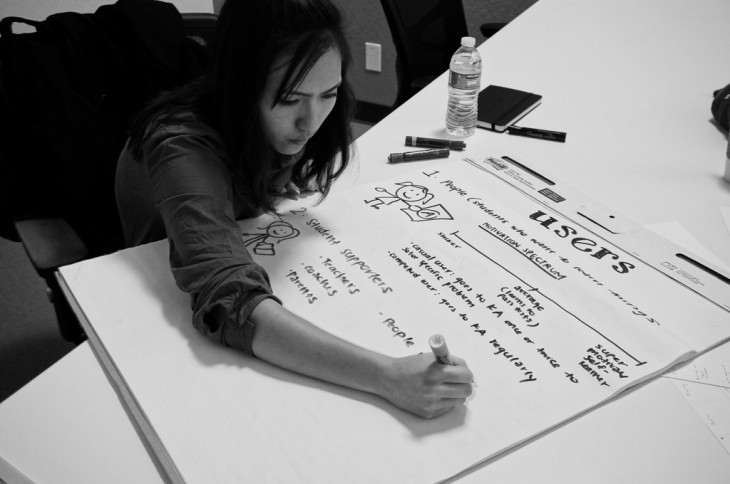
If you’re interested in connecting with world class designers and startups in San Francisco, check out Bridge. Apply early by February 9th; applications close March 2nd.
Get the TNW newsletter
Get the most important tech news in your inbox each week.





